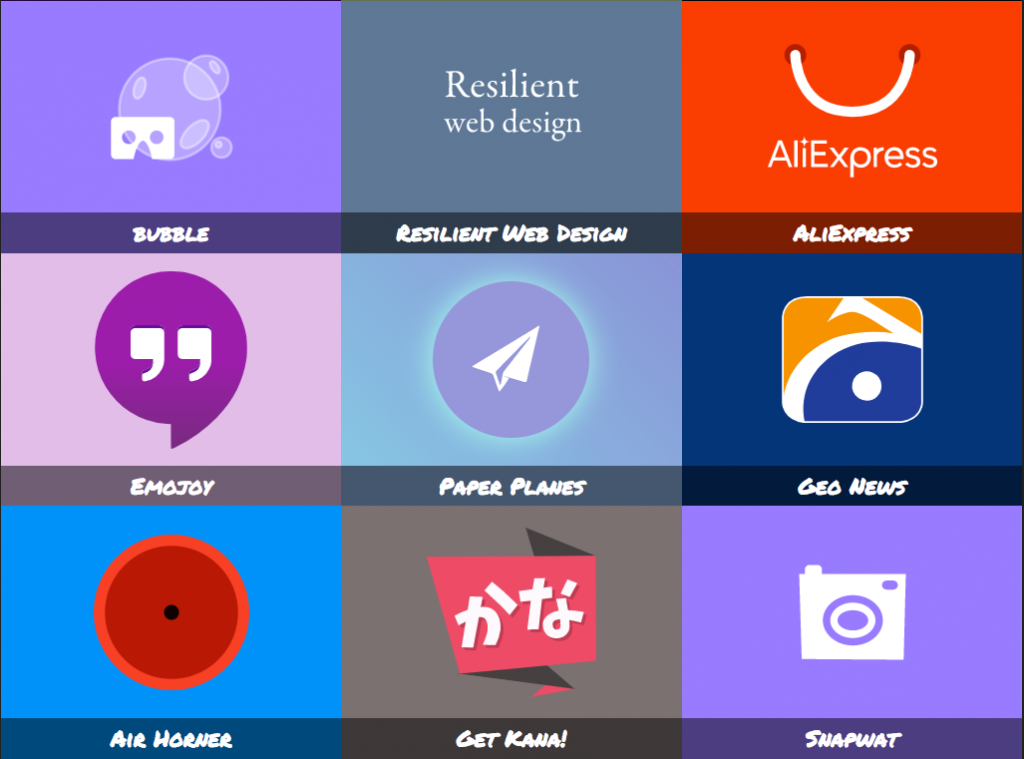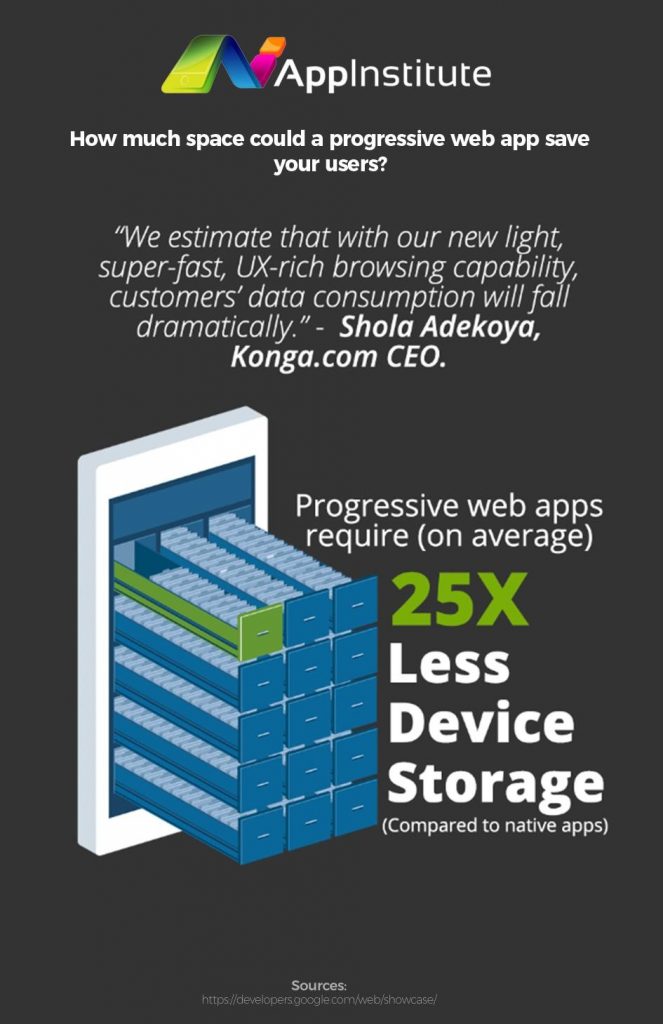
The battle between native and web apps continues to rage in designer circles, but the trend to progressive web apps (PWAs) continues to build momentum. The use of PWA’s as a marketing strategy is just the latest boost. Brands can integrate a PWA into their existing outreach efforts, and most customers or users will not notice any difference.
What Are Progressive Web Apps?
In technical terms, the PWA is a collection of HTML, CSS, and JavaScript code, viewed in the browser. Most provide an option to add a shortcut or app-style icon for the PWA and, from then on, users treat it just like an app. Check out a range of examples here.

From a business perspective, statistics show smartphones driving all the growth in web traffic. A key stat there is a decline of 22% of app use on smartphones and 50% on tablets, so a focus on PWAs is natural for any web business.
If you worry about (increasingly rare) offline use, the PWA uses local storage and caching until it reconnects to the web, when normal service is resumed.
User Perspective
Anyone with a smartphone or tablet that lacks upgradeable storage faces a regular battle of space management when it comes to apps. No matter how much space they have, it somehow is never enough. So when there’s a choice between sizeable mobile app that largely seems to duplicate the content of a website (we’re looking at you Facebook), users often go for a weblink shortcut on their home screen rather than watching the app gobble up storage.
The PWA provides an app-like experience without the storage woes, not to mention faster loading times.

Use a PWA to Boost Your Mobile Marketing Efforts
With that huge growth in smartphone web use, the focus on the mobile audience is key. Everyone is on a smartphone these days, not just the young or tech-savvy.
Advantages to a business of a PWA include:
- Increased adoption – Audience doesn’t have to hunt for an app or worry about storage, so they’ll be more likely to add your PWA.
- Increased engagement – Ease of use makes users more active.
- Reduced bounce rate and increased session times – Faster load times and better user experience keep users on the app
- Increased conversions – Faster loading itmes also reduce cart abandonment, while push notifications help provide a valuable flow of messages and interactions.
PWAs also have advantages over responsive sites, which helped bridge the gap between desktop and mobile but are now increasingly out of place.
The Right Here, Right Now App
The deployment of a PWA is somewhat of a no-brainer in marketing terms. They are the right here, right now app that users need — without the app. They represent a modern form of communication and engagement that merges the best of both app and web worlds.
Most users won’t notice the difference, short of enjoying the benefits, as PWAs takes the place of old sites (traditional, mobile or responsive). And from a business standpoint, PWAs will make marketing efforts easier.
Having arrived on the scene in 2015, PWAs are now mature enough for primetime. As with any technology understand the benefits and requirements before undertaking a trial, and ensure a strong focus on metrics to test the theory, but in most cases, we suspect that PWAs are very much the way forward for marketing and engagement.
